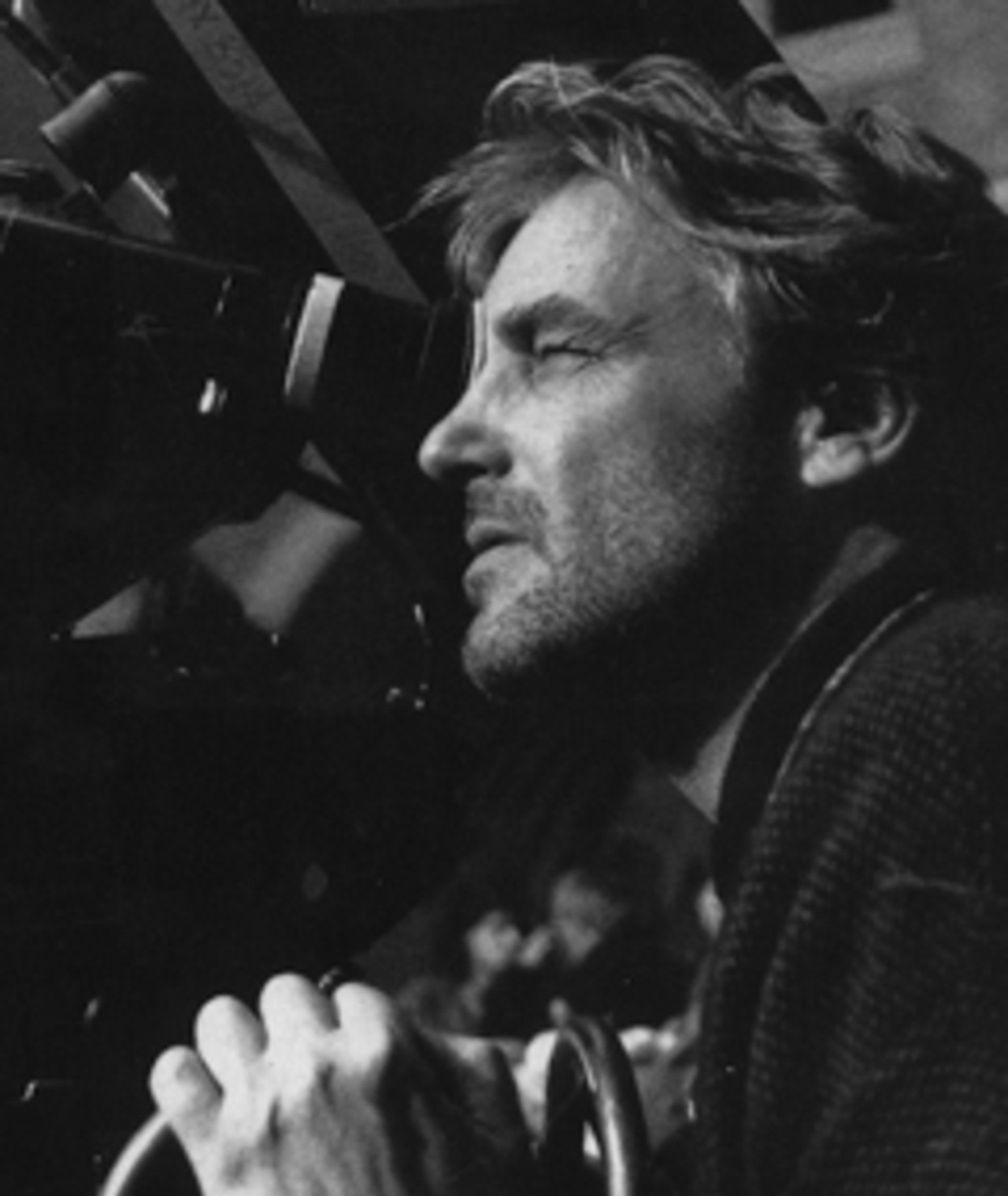Andrzej Misiuk is a renowned Polish historian specializing in the history of the police in Poland. His work, "Historia Policji w Polsce" (History of the Police in Poland), is a comprehensive and essential study of the evolution of law enforcement agencies in Poland.
Early Forms of Policing
The history of policing in Poland stretches back centuries. Before formalized police forces, various forms of maintaining order existed. These were often localized and relied on community structures. Starostowie, royal officials, often held responsibility for security in their regions.
Town guards, or straże miejskie, were common in cities. They were responsible for patrolling the streets, enforcing local ordinances, and preventing crime. Their effectiveness varied depending on the size and resources of the town.
Private security forces also existed, particularly on large estates. Landowners employed individuals to protect their property and maintain order among their serfs or workers. These forces were accountable only to the landowners themselves.
The Partitions of Poland
The late 18th century saw the partitions of Poland by Prussia, Russia, and Austria. This had a profound impact on the development of policing. Each occupying power established its own police structures in the territories it controlled.
In the Prussian partition, a highly centralized and efficient police system was introduced. This system was modeled after the Prussian police and emphasized discipline and control. It focused on suppressing Polish national sentiments.
The Russian partition saw a less organized and more corrupt police force. The Russian authorities used the police to maintain order and suppress dissent. Political policing was a major focus.
The Austrian partition had a relatively lenient police system compared to the other two. However, even here, the police were used to maintain order and suppress Polish national aspirations. The Austrian police also focused on economic crimes.
The Second Polish Republic (1918-1939)
Following World War I, Poland regained its independence in 1918. This led to the creation of a unified national police force, the Policja Państwowa (State Police). This was a crucial step in building a modern, independent state.
The Policja Państwowa was responsible for maintaining law and order throughout the country. It faced numerous challenges, including widespread poverty, political instability, and ethnic tensions. The police also had to deal with organized crime.
The structure of the Policja Państwowa was hierarchical, with a central headquarters in Warsaw. The country was divided into police districts, each with its own command structure. Training was emphasized to improve the professionalism of the officers.
Branches of the Policja Państwowa
Several specialized branches existed within the Policja Państwowa. The criminal police focused on investigating serious crimes. The traffic police enforced traffic laws and regulated road safety. The political police monitored political activities and suppressed dissent.
The River Police patrolled waterways and ports. The Border Guard protected Poland's borders. These specialized units addressed specific security needs of the country.
The Policja Państwowa made significant progress in combating crime and maintaining order. However, it was also criticized for its political involvement and its use of repressive measures. The political situation was volatile.
World War II and the Occupation
The German invasion of Poland in 1939 marked the beginning of World War II. The Policja Państwowa was dissolved, and a new police force was established under German control. This was known as the Polnische Polizei im Generalgouvernement, often referred to as the "Blue Police" (granatowa policja) due to the color of their uniforms.
The Blue Police was composed of Polish officers who were forced to serve under German orders. They were responsible for maintaining order, enforcing German laws, and combating resistance. Many officers secretly aided the Polish resistance movement.
The German authorities also established other police forces, including the Gestapo and the Kripo. These forces were responsible for suppressing resistance, persecuting Jews, and enforcing Nazi ideology. They were instruments of terror.
The Soviet Union also occupied a portion of Poland. The Soviet authorities established their own police forces, which were used to suppress dissent and enforce Soviet ideology. Many Polish police officers were arrested and deported to the Soviet Union.
The People's Republic of Poland (1945-1989)
After World War II, Poland came under Soviet influence and became the People's Republic of Poland. The Policja Państwowa was replaced by the Milicja Obywatelska (Citizens' Militia), a police force controlled by the Communist Party.
The Milicja Obywatelska was primarily responsible for maintaining political control and suppressing dissent. It was heavily involved in monitoring the population, arresting political opponents, and enforcing Communist ideology. It served the Party.
The Służba Bezpieczeństwa (Security Service) was a secret police force that worked closely with the Milicja Obywatelska. The SB was responsible for gathering intelligence, suppressing dissent, and carrying out political repression. It was a powerful and feared organization.
The Third Polish Republic (1989-Present)
The collapse of Communism in 1989 led to the creation of the Third Polish Republic. The Milicja Obywatelska was reformed and renamed the Policja (Police). This marked a significant break from the past.
The new Policja was tasked with maintaining law and order in a democratic society. It underwent significant reforms to improve its professionalism, accountability, and respect for human rights. The focus shifted to public service.
Today, the Policja is a modern law enforcement agency that is responsible for combating crime, maintaining public safety, and protecting the rights of citizens. It cooperates with international law enforcement agencies to combat transnational crime.
Andrzej Misiuk's work provides a crucial historical context for understanding the evolution of the Polish police. It highlights the challenges and transformations that the police have undergone throughout Polish history.

